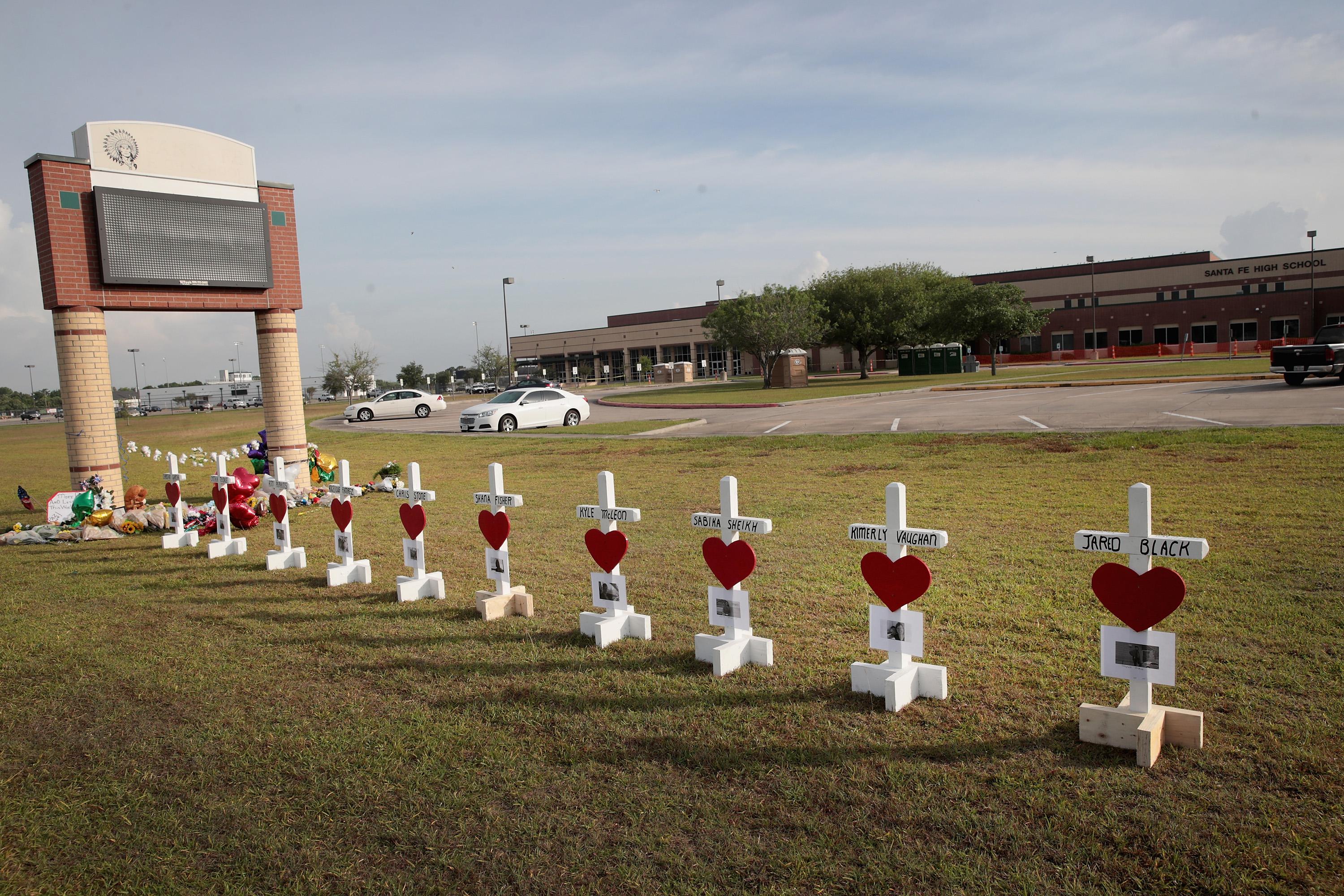With another deadly massacre on the school shooting tally board— the third in a week, the 22nd this year, according to CNN’s parameters—at least one school district is focusing on making schools safer. The only issue is, it’s missing the issue. (And no, it’s not abortion and video games.)
The upstate New York district of Lockport is introducing facial recognition and tracking software to its school security systems, the same kind of software used in airports and casinos. Individual students won’t be programmed into the system unless “there’s a reason,” reports the Buffalo News, but people who are “known” threats will be, with the program alerting district officials if a recorded individual comes within range of the school cameras. These threats might include registered sex offenders, wanted criminals, non-custodial parents, expelled students, or disgruntled former employees. The Buffalo News reports that Lockport will spend $1.4 million in state funding on the Aegis system, installing it in all 10 of its school buildings this summer. “We always have to be on our guard. We can’t let our guard down,” said Lockport Superintendent Michelle Bradley.
But the Aegis system won’t be on guard against one of the biggest threats to student safety today. What the district’s new security software ignores is the fact that the most deadly school incidents are carried out not by those who aren’t meant to be on campus, but by those who are—students.
The technology wouldn’t have stopped the recent Santa Fe, Texas, shooting. It wouldn’t have alerted authorities to the fact that Dimitrios Pagourtzis had entered his campus at the start of the school day—and it probably won’t prevent the next student-on-student attack. The Safe Schools Initiative report, which analyzed 37 incidents of “targeted school-based violence” between 1974 and 2000, found that 95 percent of attackers were current students of the school. Meanwhile, three of the five most recent multi-fatality U.S. high school shootings—Santa Fe, Marshall County, Marysville—were committed by current students. None would have been averted by this kind of technology.
Even if the system did catch a hypothetical criminal or angry ex-student rushing into a school, it wouldn’t necessarily save authorities any time in the event of a mass shooting. The system may even do more harm that its negligible good, turning schools into surveillance zones for no good reason. In 2016 the National Association of State Boards of Education released a report examining some of these negative effects of in-school surveillance, including the stunting of risk-taking and creativity, as well as making students feel they are in a “less nurturing, comfortable learning environment.” Surveillance, it noted, might compound unintentional (not to mention intentional) biases against less privileged students, particularly those of color, exacerbating disparity in disciplinary action. John Curr, director of the Buffalo chapter of the New York Civil Liberties Union, told the Buffalo News that the Lockport tracking software, which one superintendent suggested could be used to track students as part of disciplinary procedures, would be especially damaging “for students of color who are already over-policed in the classroom.”
This heightened classroom surveillance calls to mind facial recognition software being trialed in a school in China—aimed not at increasing safety but at managing student behavior. The Chinese system analyzes students’ emotions and ensures they are paying attention in class, measuring for anger, annoyance, surprise, and happiness.
If the U.S. is going to take a leaf out of China’s surveillance book, perhaps the new Lockport facial recognition software would be more effective in preventing school violence if it too were to surveil the emotional wellbeing of those in its care—alerting school authorities to those who feel bullied or persecuted; those experiencing loss; or those contemplating suicide. After all, the average school shooter is likely feeling sadness and pain in the lead up to an attack, according to the Safe Schools Initiative report. It is young people struggling with emotions, not disgruntled former employees, that we need to “watch out” for.
Or maybe there’s an even better answer: tighter gun control.
